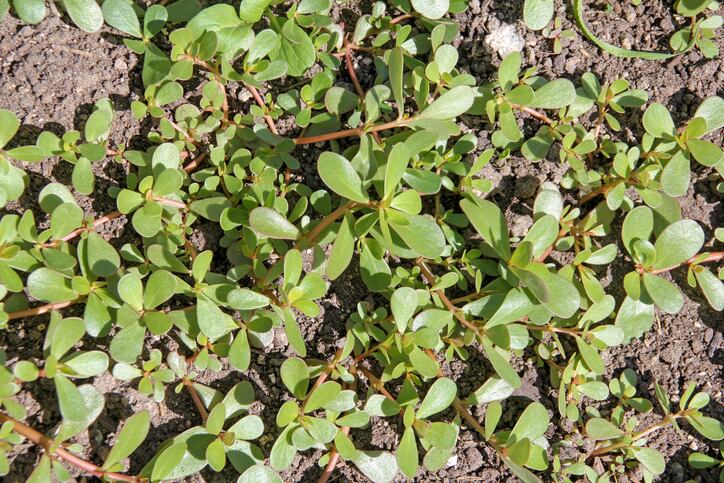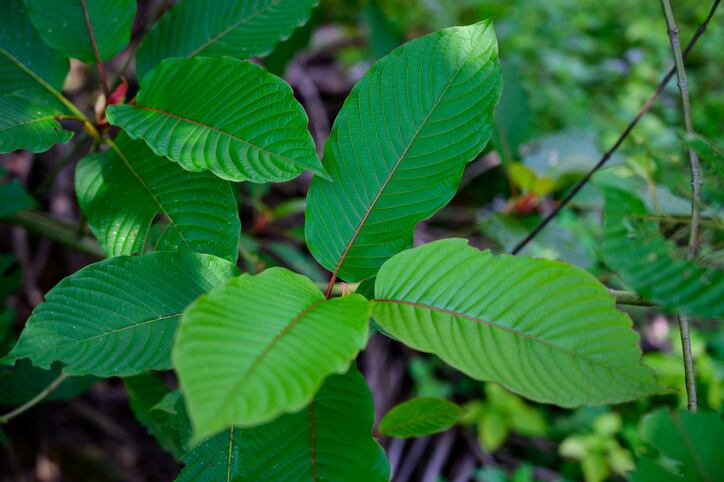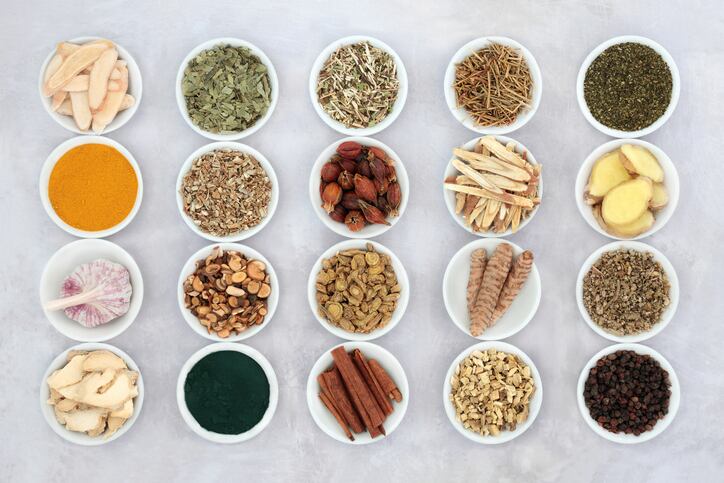Purslane (Portulaca oleracea, Portulacaceae) was the subject of a recent article in HerbalGram, the publication of the American Botanical Council. The article, written by associate editor Hannah Bauman, lays out the history, traditional uses, medicinal uses and modern research on the botanical. It is part of HerbalGram’s Food as Medicine series.
Plant found worldwide
Purslane is a succulent ground cover plant with fleshy, oval leaves. It most likely originated in the eastern Mediterranean or western Asia but has now become naturalized worldwide. It is known by many colloquial names, including ma chi xian in Chinese, verdolagas in Spanish and little hogweed in English. The plant is edible and has an interesting nutrient profile, including a high amount of the omega-3 fatty acid ALA.
It is rarely used as a consumer product, however, and has been consigned mostly as a livestock feed, especially for poultry.
Known since antiquity
Purslane’s medicinal potential has been a subject of interest since antiquity. The plant was mentioned in the writings of Roman naturalist Pliny the Elder in the first century CE. Within the Roman Empire it was used in cases of headaches, inflammation, bladder disorders, dysentery, and hemorrhoids.
The plant has also appeared in Indian traditional medicine systems where it was used to treat indigestion, ulcers, edema, eye diseases, and bronchial asthma. In Traditional Chinese Medicine, where acknowledgment of the plant apparently came even earlier than in Rome, the plant is consider ‘cold’ in nature. TCM formulators have used the plant to cool the blood and neutralize toxins. Dried aerial parts were indicated for treatment of fever, dysentery, diarrhea, carbuncles (a cluster of boils), eczema, and hematochezia (blood in the stool).
From a nutritional standpoint, purslane includes eight of the nine essential amino acids and a wide variety of phytochemicals, including the flavonoids kaempferol, myricetin, luteolin, apigenin, quercetin, genistein, and genistin. And the plant’s aerial parts contain a much higher amount of beneficial fatty acids then do spinach or kale.
Modern research has focused on the plant’s benefits in cases of asthma and diabetes. Other studies have focused on its neuroprotective effects. It may eve have anti tumor activity and antimicrobial properties.
Latest research
While the plant has been know for millennia, new constituents are still to be found and some recent research focuses on a more complete characterization of the plant. For example, a recent study out of China found a new skeleton flavonoid, dubbed oleracone G and a new lignan, named oleralignan B. Both compounds showed “remarkable antioxidant activities” according to the researchers.
Earlier but still recent research into the plant by the same group found two additional new compounds, called oleracone J and oleracone K. Other Chinese researchers recently isolated four new lignans from the plant.
Sources: Fitoterapia
DOI: 10.1016/j.fitote.2021.104993
A new skeleton flavonoid and a new lignan from Portulaca oleracea L. and their activities
Authors: Duan Y, et al.
Natural Products Research
DOI: 10.1080/14786419.2020.1815742
Two new homoisoflavones from Portulaca oleracea L. and their activities
Authors: Duan Y, et al
Natural Products Research
DOI: 10.1080/14786419.2018.1534852
Four lignans from Portulaca oleracea L. and its antioxidant activities
Authors: Ma Y, et al.




